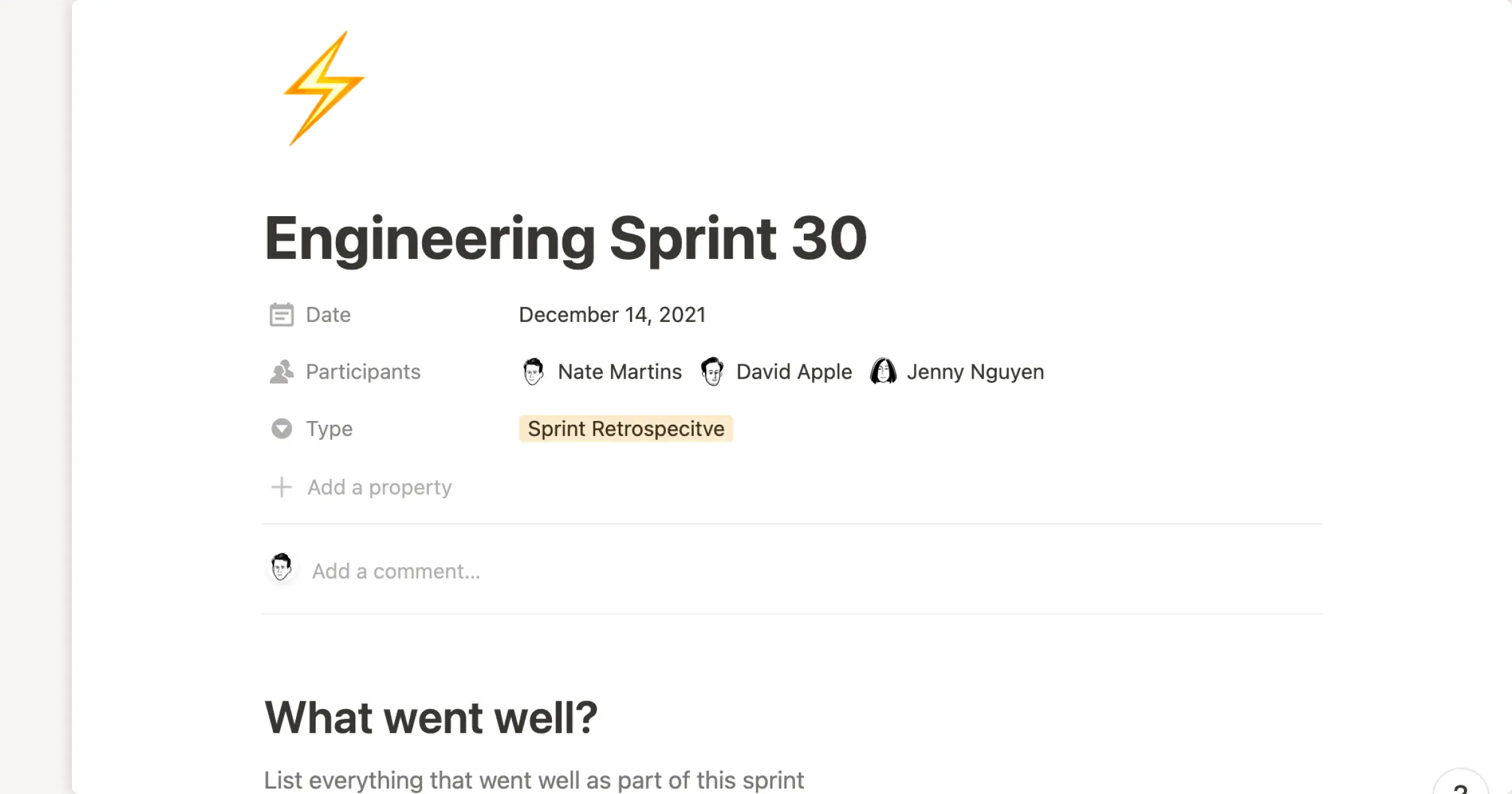Test Report

템플릿 설명
(each tab of the tables could serve to keep traceability inside the sections. Also, this helps to show the history):
1. Substitute the logotype or name of the Company with the company's information.
2. Fill the information on the right table with the information about the project.
3. The Version History section includes a register of the changes on the template, and every change made to the format must be reviewed, approved, and registered in the table.
4. The Test Plan Contains the following sections:
a. Test Plan:
i. Test Plan ID.
ii. Task ID.
iii. The recommended types of tests (regression test, integration test, unit test) by ISO/IEC 29110 could be adapted to include other types of testing.
iv. Status of the test (Not started, In progress, partially passed, failed, passed).
v. Version.
vi. Estimated started date.
vii. Estimated ended time.
viii. Estimated cost.
b. Needed resources:
i. Software resources needed.
ii. Hardware resources needed.
iii. Test Plan Status (not started, verified, in progress, baselined, and validated).
iv. Test Case Status Result (not started, in progress, baselined, validated, and verified).
v. Test Case Execution Result (to do, in progress, accepted with restrictions, blocked, failed, and accepted).
c. Test cases list:
i. Test Case ID.
ii. Requirement ID.
iii. Created by.
iv. Software component to test.
v. Description.
vi. Hardware prerequisites.
vii. Software prerequisites.
viii. Expected Result.
ix. Tool.
x. Date of start.
xi. Date of end.
xii. Status (not started, in progress, validated, not validated, verified, not verified).
d. Individual Description by each Test Case (Unitary and Regression Tests):
i. Test Case ID.
ii. Test ID.
iii. Description.
iv. Method.
v. Input Data.
vi. Expected Output.
vii. Test Result (Not Started, in progress, accepted with restrictions, blocked, failed, accepted).
viii. Observations.
e. Individual Description by each Test Case (Integration Tests):
i. Test Case ID.
ii. Test ID.
iii. Step ID.
iv. Procedure.
v. Input Data.
vi. Expected Output.
vii. Test Result (Not started, in progress, accepted with restrictions, blocked, failed, accepted).
viii. Observations.
f. Test Report:
i. Test Case ID.
ii. Test ID.
iii. Defect description.
iv. Affected functions.
v. Defect severity (1. high severity, high priority, 2. low severity, high priority, 3. high severity, low priority, 4. low severity, low priority).
vi. Identification Date.
vii. Team member that identified the defect.
viii. Solved Date.
ix. Team member that solved the defect.
5. Procedures file, where the user can write all the procedures for each test case.











